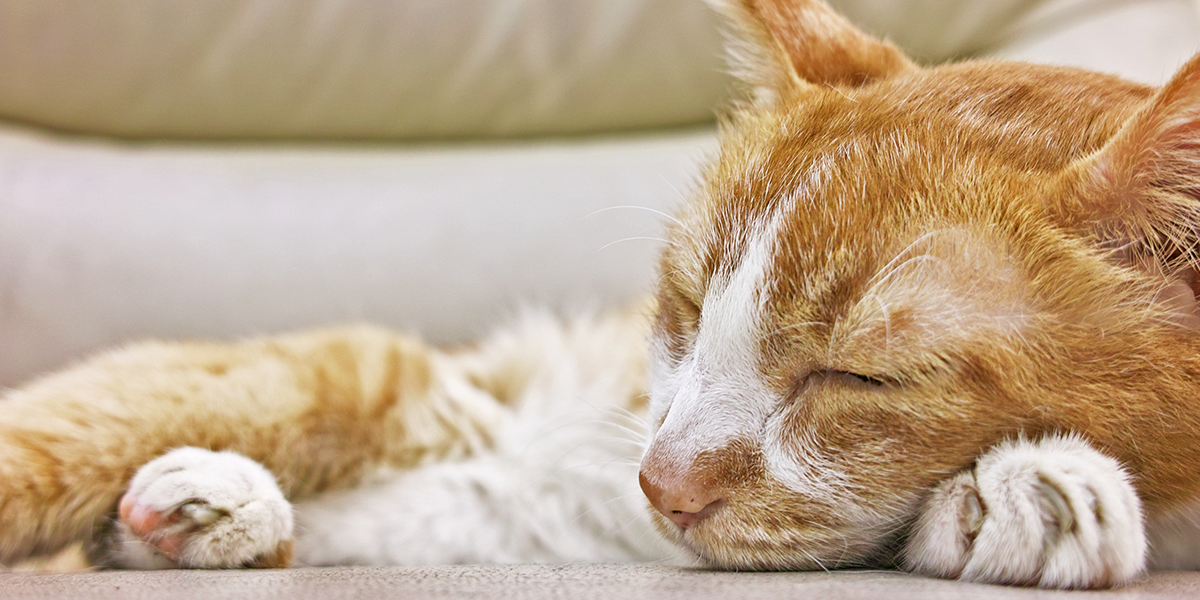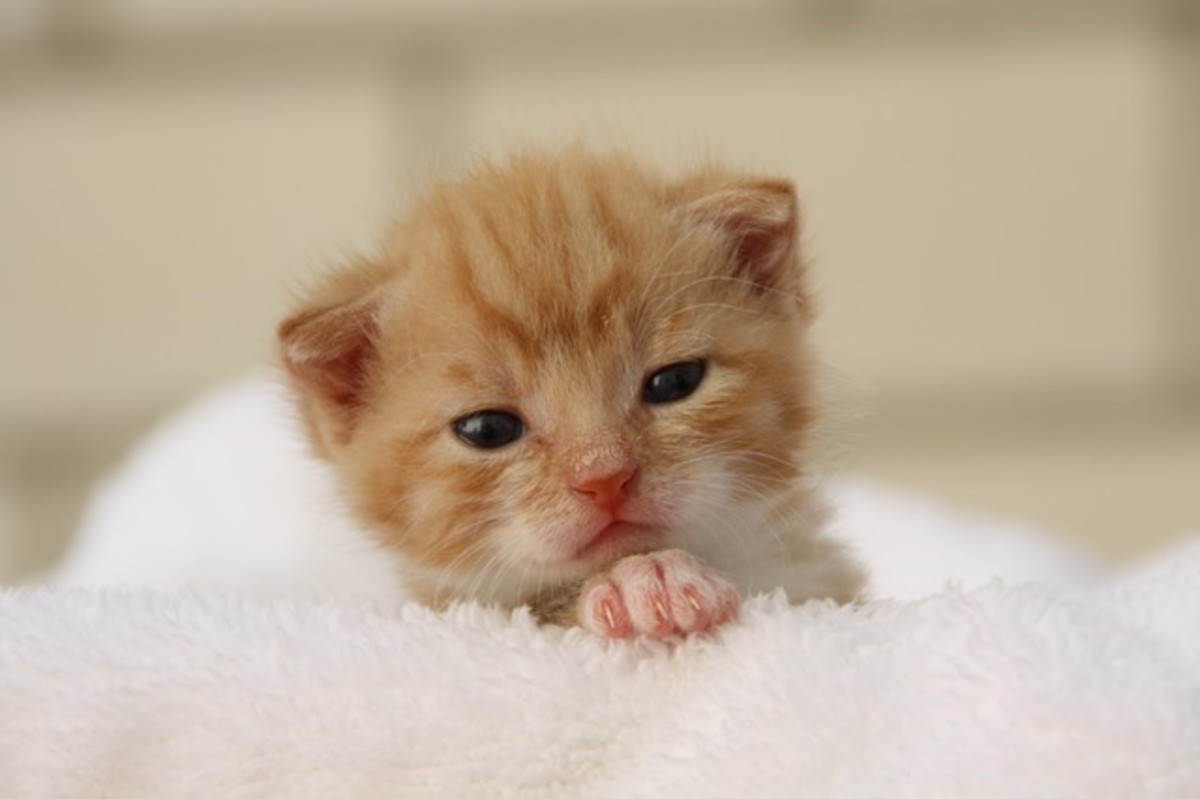Boarding a Cat: How to Choose the Best Cattery
When you go on vacation you want to be sure that your cat will be happy while you are gone. This article gives suggestions for how to ensure both you and your cat will have a good vacation!
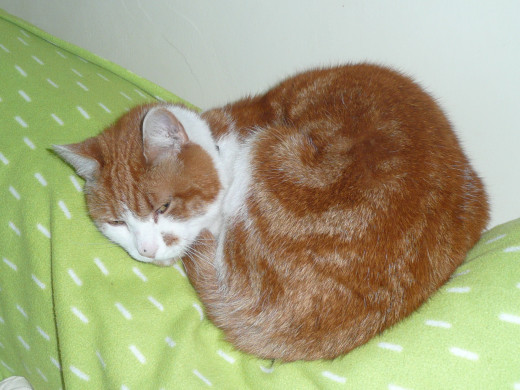
The basics of choosing a cattery or boarding home:
There are three stages to choosing a boarding home for your cat:
- Preliminary investigation and preparation.
- Making inquiries by telephone.
- Visiting the accomodation.
Preliminary investigation and preparation.
Ask other cat owners where their cats have boarded, and whether the owners (and cats) were happy with those places.
Boarding establishments will only take vaccinated cats, so make sure your cat’s vaccines are up to date and that you have a record of them.
When boarding want your cat to feel like this:
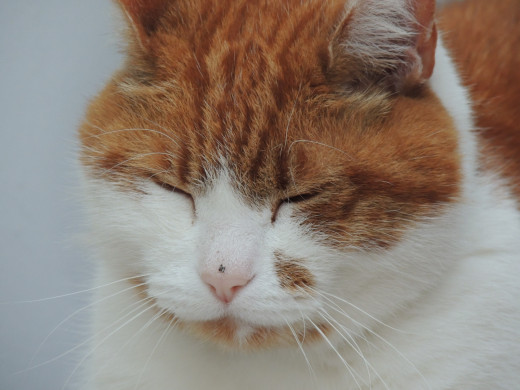
and not like this:
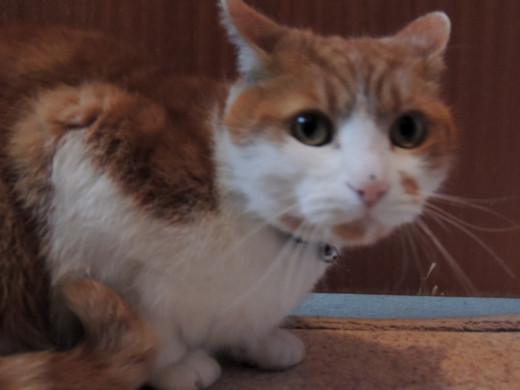
Making inquiries by telephone.
When you make inquiries, be sure to tell the boarding home of any illnesses or conditions your cat has, as not all will accept cats with prior conditions.
Things to consider.
- If your cat requires a special diet, check that this can be accommodated.
- Some catteries do not accept kittens under 4 months, so check this too.
- Check if there is a vet on the premises or on call. Most good boarding homes will have this.
- Most catteries welcome your cat’s special blanket or toys and some will even allow scratching posts from home. This can help your cat settle in more easily. However some places to not allow this, so check the policy.
- If your cat is afraid of dogs, choose a cattery that does not have kennels attached. If this is not possible in your area choose a home with indoor-only modules so your cat won’t hear dogs barking.
Visiting establishments
- Always visit any homes you are considering, and if possible visit 2 or 3 so that you can compare.
- Make sure you see the type of enclosure you cat will be in.
- Ask how much petting the cats will be given.
- Ask to see some cats in their enclosures. This lets you see how settled the cats are, and it also lets you see how the staff member showing you round interacts with the cats.
- Your cat should never be housed or exercised with any other cats except another from your own household. If the cattery does not follow this practice, do not use it. (And report it to the relevant authority.)
A few more things to consider in more detail.
Accomodation in some boarding homes can be cramped
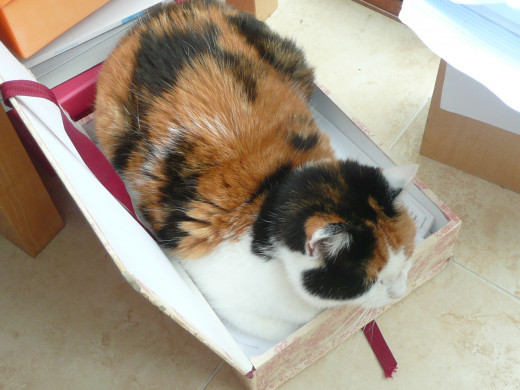
What matters most to your cat?
Which is your most important consideration when choosing accomodation for your cat?
The size and design of cat enclosure
Some countries have mandatory minimum requirements for the size of cat enclosures. However, most countries have guidelines or codes rather than regulations. In most English speaking countries it is compulsory to be licensed before setting up boarding kennels for pets, and premises will be inspected annually.
The UK, Australian and New Zealand governments all have codes of practice that include minimum sizes, as does the Cat Fanciers Association in the USA.
To give you an idea of the size of enclosure your cat might be housed in, let’s look at Australia’s code, which has clear minimum sizes both for over 7 days and for under.
For less than 7 days, a cage must have a minimum floor area of one square meter and be at least 900 millimeters high. For over 7 days a cage must have 1.5 square meters of floor area and again be 900 mm high or more. Alternatively cats can be housed in walk-in modules that have 2 or more levels, including a sleeping area on the upper level. This module needs to have floor area of at least 0.8 square meters, and be at least 1.8 meters (6 feet) high.
You can see from these sizes that even a cage in which a cat can be housed for over 7 days is very small compared to the space your cat will be used to. For cats that usually have access to outside this will feel even more restrictive.
Fortunately many cat boarding homes also think this is too small. So, choose a home with enclosures that you feel confident your cat will be happy in.
For longer stays:
The Australian government's guideline that cats need a larger enclosure for a longer stay is very wise. Most cats will adapt a smaller area and spend extra time asleep in much the same way that they will stay indoors during bad weather. But for a longer stay in a cattery your cat will need exercise and so choosing one with more spacious enclosures will make this possible.
What sort of enclosure is best for your cat?
My preference is for enclosures that have at least 2 levels and that have areas where cats can scratch, play or climb.
Some catteries have small rooms with chairs for cats to sit in. This type will usually cost a little more, but is a good alternative for more than one cat, particularly if your cats are boarding for several weeks.
Some catteries have enclosures have an outside or partially outside area and an inside sleeping area. If your cat is used to being outside it may like to be able to see outside, but be sure there the sleeping area is warm enough in winter or cool enough in summer.
If you have a very active cat you may want to look around for somewhere with a longer run. When we went abroad for a month we found an establishment where the cats were allowed to run in an enclosed corridor while their module was being cleaned.
What toys or activities are available?
Some catteries have very basic enclosures, but many have climbing frames, scratching posts and enclosed compartments that cats will love.
An example of excellent boarding accomodation
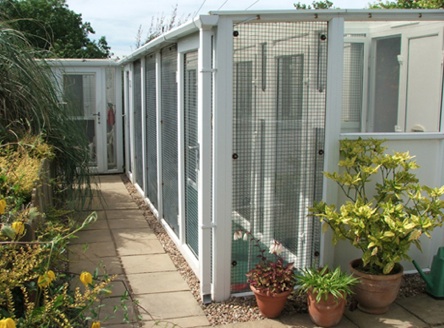
Why is this accomodation good?
This accomodation is light and airy, but also enclosed so keeps cats warm. The corridor outside the modules makes the unit very secure. The modules have plenty of space and different levels, which cats love. From its module your cat can't see any other cats, so will not feel stressed by territorial issues. There are no dogs nearby and the surrounding area is quiet.
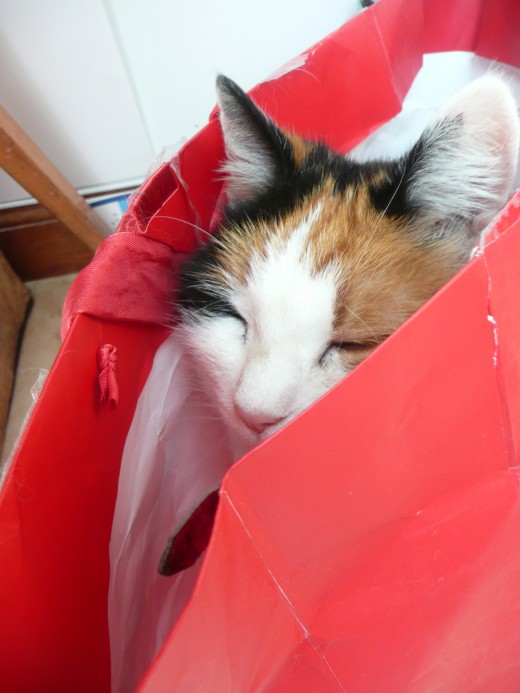
Preparing your cat for a longer stay.
If you are planning a long trip and are not sure how your cat will cope with being in a cattery, test it out first over a weekend. We have 2 cats who are used to roaming outside as well as in, and we weren’t sure how they would get on together in a small enclosure so their first experience of boarding was only for a few days. They got on fine together and have shared an enclosure every time they have boarded since.
Do you want to be able to see your cat while you are away?
A few homes have webcams so that you can check to see your cat is happy wherever you are in the world. These are generally more expensive than other catteries, but if you think it would help you feel reassured it may be worth considering.
Alternatives to boarding your cat.
Finally, if you think a boarding home is not the right option for your cat, there are alternatives.
- Get a friend or relative to house-sit while you are away. This means your cat gets to stay at home, and provides company for your cat as well as making your home more secure. We have done this in the past and it can work very well. Generally single friends are more willing to do this, and you do need a trustworthy friend.
- Get neighbors to feed your cat. This usually works best for short trips when you are only away for a few days. Again you need to be able to trust your neighbors. If they are cat lovers, your cat is likely to get plenty of attention. Teenage children will often enjoy doing this job for some payment.
- Employ a pet-sitting service. You will be charged per visit for this service, and it usually means your cat is only seen once a day. If you go for this option be sure to first get references or a recommendation from someone you know.
- Leave your cat with a trusted friend or family member. This is akin to moving house for your cat and so should only be done if you are going away for a long time or if your cat is very relaxed and familiar with the people looking after it. We moved to another city and lived in a rented apartment for several months so could not have our cat with us. My husband's parents were able to take our cat. After this, our cat was so familiar with both the house and the people that he was perfectly happy to return whenever we went on vacation.
- Take your cat with you. While I don't really recommend this, I did once meet a woman who took her cat with her whenever she went away for the weekend. This does require a fairly unusual cat, and you would probably need to do it from a very early age.
I wish you and your cat a good vacation!

